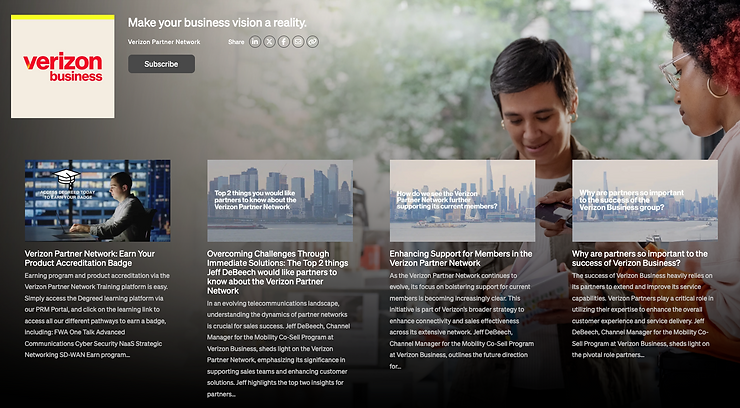How Can I Turn My Podcasting Vision Into Reality?
- gabriellebejarano0
- Aug 28, 2024
- 4 min read
Updated: Nov 9, 2024
In today’s digital age, podcasting has emerged as one of the most powerful mediums for storytelling, brand building, and audience engagement. Whether you're an industry expert, a thought leader, or simply someone with a passion for sharing knowledge, launching a podcast can be a transformative experience. But turning your podcasting vision into reality requires more than just a microphone and a good idea—it demands careful planning, strategic execution, and ongoing dedication.
1. Define Your Podcast’s Purpose
Every successful podcast starts with a clear purpose. Ask yourself: What do you want to achieve with your podcast? Are you aiming to educate, entertain, or inspire? Identifying your podcast’s core mission will guide every decision you make, from content creation to audience targeting.
For instance, if your goal is to establish your brand as an industry authority, your episodes should focus on delivering expert insights and actionable advice. On the other hand, if you’re looking to build a community around a shared interest, your content might lean more towards storytelling and audience interaction.

2. Identify Your Target Audience
Understanding your audience is crucial to creating content that resonates. Consider the demographics, interests, and pain points of your ideal listener. The more specific you can be, the better.
Once you have a clear picture of your target audience, tailor your content to meet their needs and preferences. This might involve choosing topics that address their challenges, inviting guests they admire, or adopting a tone and style that aligns with their expectations.
3. Plan Your Content Strategy
Consistency is key to building a loyal podcast audience. Develop a content plan that outlines your episode topics, guest appearances, and release schedule. This plan should align with your overall podcasting goals and ensure that you’re regularly delivering value to your listeners.
PGA Coach Thor Parrish
Consider creating a mix of content formats, such as solo episodes, interviews, and panel discussions, to keep your audience engaged. Additionally, think about how you can repurpose your podcast content across other channels, such as blogs, social media, or email newsletters, to maximize its reach and impact.
4. Invest in the Right Equipment and Software
While content is king, quality matters too. Investing in the right equipment and software can significantly enhance your podcast’s production value, making it more appealing to listeners.
At a minimum, you’ll need a good quality microphone, headphones, and audio editing software. Depending on your budget, you might also consider additional equipment like pop filters, soundproofing materials, or a professional recording setup. Don’t forget to choose a reliable podcast hosting platform that can distribute your episodes across major platforms like Apple Podcasts, Spotify, and Google Podcasts.
5. Create a Compelling Brand Identity
Your podcast’s brand identity encompasses its name, logo, theme music, and overall aesthetic. This identity should reflect your podcast’s purpose and resonate with your target audience.

When brainstorming names and logos, aim for something memorable, relevant, and reflective of your podcast’s content. Your theme music should set the tone for your episodes, whether it’s upbeat and energetic or calm and introspective. Remember, your brand identity is often the first impression potential listeners will have of your podcast, so make it count.
6. Promote Your Podcast Effectively
Once your podcast is live, the next challenge is getting it heard. Effective promotion is essential to growing your audience and building a loyal listener base.
Leverage your existing networks, including social media, email lists, and professional connections, to spread the word. Collaborate with other podcasters or influencers in your niche to cross-promote each other’s content. Consider submitting your podcast to podcast directories and participating in online communities where your target audience hangs out.
Don’t underestimate the power of SEO—optimize your podcast titles, descriptions, and show notes with relevant keywords to increase your visibility on search engines and podcast platforms.
7. Engage with Your Audience
Engagement is the lifeblood of any successful podcast. Encourage your listeners to interact with you by asking questions, leaving reviews, and sharing your episodes with their networks. Respond to comments and feedback, and consider creating opportunities for listener participation, such as Q&A segments or live recordings.
Building a community around your podcast not only deepens listener loyalty but also provides valuable insights into what your audience wants, helping you refine your content and strategy over time.
8. Monitor and Adjust Your Strategy
Finally, podcasting is a dynamic process that requires ongoing monitoring and adjustment. Regularly review your podcast’s performance using metrics such as downloads, listener retention, and audience feedback. Identify what’s working and what’s not, and be willing to pivot your strategy as needed.
Whether it’s experimenting with new content formats, adjusting your release schedule, or exploring monetization options, staying flexible and responsive to your audience’s needs will keep your podcast growing and thriving.
Turning your podcasting vision into reality is an exciting journey that combines creativity, strategy, and perseverance. By following these steps and staying committed to your goals, you can build a podcast that not only reflects your passion but also resonates with and inspires your audience. So grab your microphone, hit record, and start sharing your voice with the world!




Comments